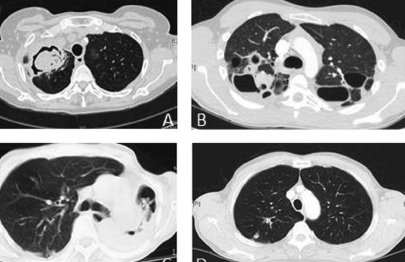What is Hydroponic Farming?

Agartala, Tripura, is witnessing advancements in hydroponic farming, which is gaining traction across India. The state has transitioned from small, portable systems to larger, commercial setups, which aim to assist local farmers in overcoming challenges posed by climate change . Hydroponic System Size and Design The new hydroponic systems in Tripura are designed to cover at least 500 square meters. A notable setup spans 560 square meters and cultivates high-demand crops. Farmers grow leafy vegetables such as lettuce and coriander, as well as strawberries and marigolds. This larger scale of production is essential for meeting local market demands. Tripura faces increasing threats from heavy rains and floods. While these natural disasters cannot be prevented, hydroponics offers a solution. It mitigates the impact of adverse weather on traditional farming. By adopting hydroponic techniques, farmers can continue to grow crops even during challenging conditions. Financial Support and ...


















